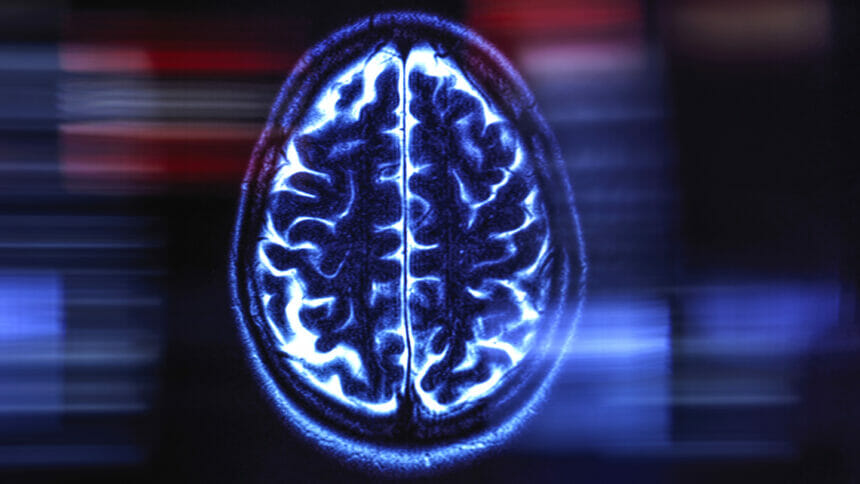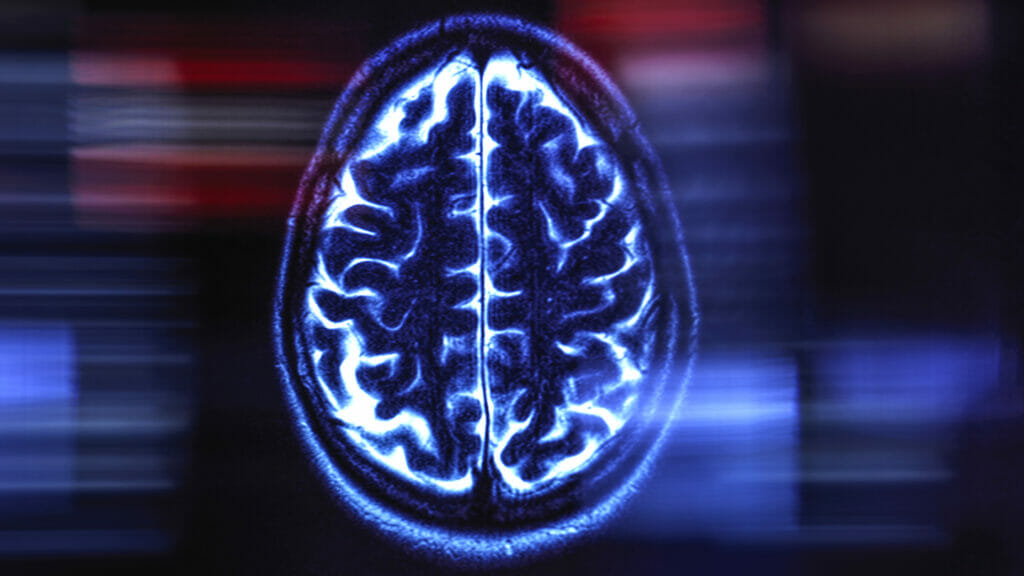

The buildup of toxic beta amyloid proteins within one’s brain currently is thought to be a major driver of neurodegenerative diseases such as Alzheimer’s.
Now, a new technique can cause even small amounts to “glow” and allow for disease detection earlier than ever.
An innovative sensor tool was able to detect beta amyloids with this fluorescent “fingerprint” technique with high accuracy and could potentially provide a non-invasive way to detect Alzheimer’s before symptoms even appear, researchers said.
The ability for a more cost-effective and sensitive tool to detect Alzheimer’s could have major benefits for both older adults and providers alike. Easier and earlier detection of the disease could sidestep some of the current issues around getting approved for PET scans.
New drugs such as lecanemab (Leqembi) have made it possible to treat Alzheimer’s and other forms of dementia in their early stages. The pace of innovation has been dramatic enough to prompt the Centers for Medicare & Medicaid Services to adjust their restrictions on disease screening. CMS lifted the once-per-lifetime Medicaid coverage for PET scans last October, McKnight’s reported.
The new fluorescence imaging technique was validated by analyzing sections of mice brains; however, should such sensors become widespread in human dementia screening, the technology would rely on biomarkers such as blood or spinal fluid, the researchers explained.
Using a biomarker tool is just one approach that researchers are working on to provide earlier screening for dementias. Headbands possibly could be used to link sleep quality to early onset of Alzheimer’s, whereas artificial intelligence tools also are in development that either screen for dementia or predict where people are in the progression of the disease, although some AI analyses still depend on PET or MRI imaging.
The findings on the fluorescence sensor were published Monday in the journal ACS Sensors.


